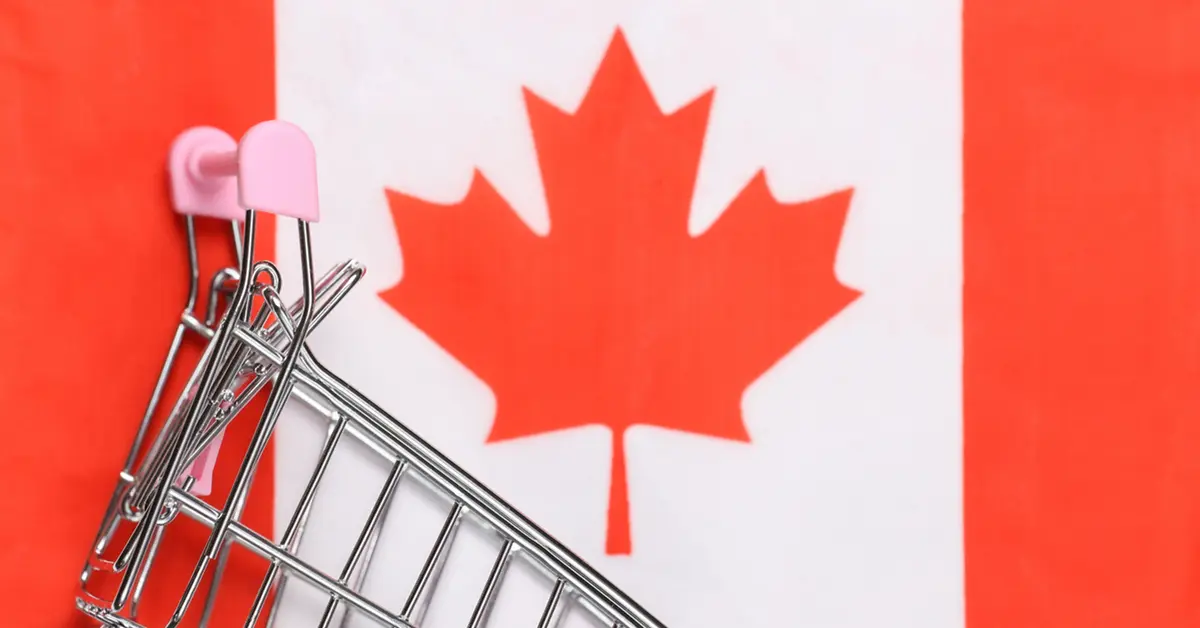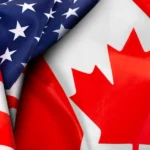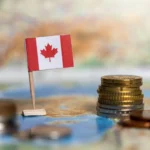The Truth About Gen Z Homeownership in Canada

For Generation Z Canadians aspiring to own a home, understanding the comprehensive costs of homeownership is crucial. While the purchase price is the most apparent expense, various hidden costs—both upfront and ongoing—can significantly impact financial planning. From mortgage payments and taxes to insurance and maintenance, buying a home is a long-term financial commitment that requires thorough preparation.
Table of Contents
- Pre-Purchase Expenses
- Down Payment Requirements
- Mortgage Default Insurance
- Land Transfer Taxes
- Closing Costs: Legal Fees & Inspections
- Post-Purchase Expenses
- Mortgage Payments: Principal & Interest
- Property Taxes
- Home Insurance
- Maintenance & Repair Costs
- Canada’s Housing Market in 2025
- Home Prices & Market Trends
- Interest Rate Updates
- Affordability Challenges
- Government Incentives & Policy Shifts
- Conclusion
In 2025, Canada’s real estate market is influenced by evolving housing trends, mortgage rates, and inflationary pressures. This guide breaks down the key expenses every Gen Z buyer should consider before entering the housing market.
Pre-Purchase Expenses
Down Payment Requirements
The down payment is one of the most significant upfront expenses when buying a home in Canada. The required amount varies based on the property’s price: 5% for the first $500,000, 10% for the portion between $500,000 and $1 million, and 20% for homes over $1 million, which are ineligible for mortgage insurance. For instance, purchasing a $750,000 home requires a minimum down payment of $50,000. However, opting for a 20% down payment ($150,000) eliminates the need for mortgage default insurance, potentially saving thousands in additional costs.
Mortgage Default Insurance
If your down payment is less than 20%, you must obtain mortgage default insurance through the Canada Mortgage and Housing Corporation (CMHC) or private insurers. This insurance protects lenders in case of borrower default and adds 2.80% to 4% to the total mortgage amount. For a $750,000 home with a 10% down payment, mortgage insurance could cost around $22,000.
Land Transfer Taxes
Most provinces impose a land transfer tax (LTT) based on the purchase price. First-time homebuyers in some provinces, like Ontario and British Columbia, may qualify for a rebate. In Toronto, for instance, the land transfer tax on a $750,000 home is approximately $14,475.
Closing Costs: Legal Fees & Inspections
Closing costs are an essential part of the home-buying process, typically ranging between 1.5% and 4% of the property’s purchase price. These expenses include legal fees, which can cost between $1,500 and $3,000 for real estate lawyer services, and home inspections, which range from $300 to $600 to assess the property’s condition. Additionally, buyers may need to budget for title insurance and property adjustments, covering prepaid property taxes or utility bills. Properly planning for these costs ensures a smoother transition into homeownership without unexpected financial strain.
Post-Purchase Expenses
Mortgage Payments: Principal & Interest
Mortgage payments consist of both principal (the loan repayment) and interest (the cost of borrowing). The total monthly payment is influenced by factors such as the loan amount, the interest rate—currently at 3% in 2025—and the amortization period, which typically spans 25 years. For instance, a $700,000 mortgage at a 5% interest rate would result in a monthly payment of approximately $4,000. Understanding these costs is crucial for prospective buyers to ensure long-term financial stability when planning for homeownership.
Property Taxes
Annual property taxes differ based on location, as they are calculated as a percentage of a home’s assessed value. In major cities like Toronto, property taxes on a $750,000 home typically range from $4,500 to $6,500 per year. In Vancouver, homeowners may pay between $3,000 and $5,000 annually. Meanwhile, in smaller towns, property taxes can be significantly lower, sometimes as little as $2,000 per year. These costs should be factored into a buyer’s budget, as they contribute to the overall affordability of homeownership.
Home Insurance
Most lenders require homeowners to purchase home insurance to protect against damage and liability. Annual premiums range from $780 to $1,250, depending on location, home size, and coverage level.
Maintenance & Repair Costs
Unlike renting, homeowners are responsible for covering repair and maintenance costs. Routine upkeep, such as HVAC servicing, plumbing, and roof maintenance, can range from $1,500 to $4,000 per year. Unexpected emergency repairs, like roof leaks or electrical issues, can vary widely, costing anywhere from $100 to $10,000, depending on the severity. A practical approach is to budget 1-2% of the home’s value annually for maintenance. For a $750,000 home, this means setting aside approximately $7,500 to $15,000 per year to cover regular upkeep and unforeseen repairs.
Canada’s Housing Market in 2025
Home Prices & Market Trends
Canada’s real estate market has been evolving, with home prices stabilizing after a rapid surge in previous years. According to housing market reports, prices in 2025 are expected to rise by 2.8%. While demand remains strong, government policies aim to moderate affordability issues.
Interest Rate Updates
The Bank of Canada has reduced its benchmark interest rate to 3% to support economic growth. Lower rates could help buyers secure better mortgage terms, though affordability challenges remain, especially in Toronto, Vancouver, and Montreal.
Affordability Challenges
Despite rate cuts, many Gen Z buyers continue to face challenges in achieving homeownership. The rising cost of living, coupled with the burden of student debt, makes it difficult to save for a down payment and manage monthly mortgage payments. Additionally, high real estate prices in major cities like Toronto and Vancouver push affordability further out of reach. Limited housing inventory and intense bidding wars add to the competition, making it even harder for first-time buyers to secure a home within their budget.
Government Incentives & Policy Shifts
To help first-time homebuyers, programs like the First-Time Home Buyer Incentive (FTHBI) and increased RRSP withdrawal limits for down payments continue to be available. Additionally, proposed zoning changes and housing policies could impact future affordability.
Conclusion
While homeownership remains a dream for many Gen Z Canadians, achieving it requires careful financial planning, budgeting, and awareness of ongoing costs. Beyond the home price, mortgage payments, taxes, insurance, and maintenance all add up, making affordability a challenge, especially in high-demand markets.
However, with interest rates easing, government incentives, and alternative paths to ownership (co-buying, renting-to-own, or investing in smaller markets), homeownership is still within reach. Staying informed about market trends, leveraging available incentives, and planning for long-term costs can help Gen Z buyers make smarter real estate decisions in 2025 and beyond.
For those looking for mortgage solutions tailored to their needs, Cannect offers alternative financing options to help first-time buyers navigate homeownership.







